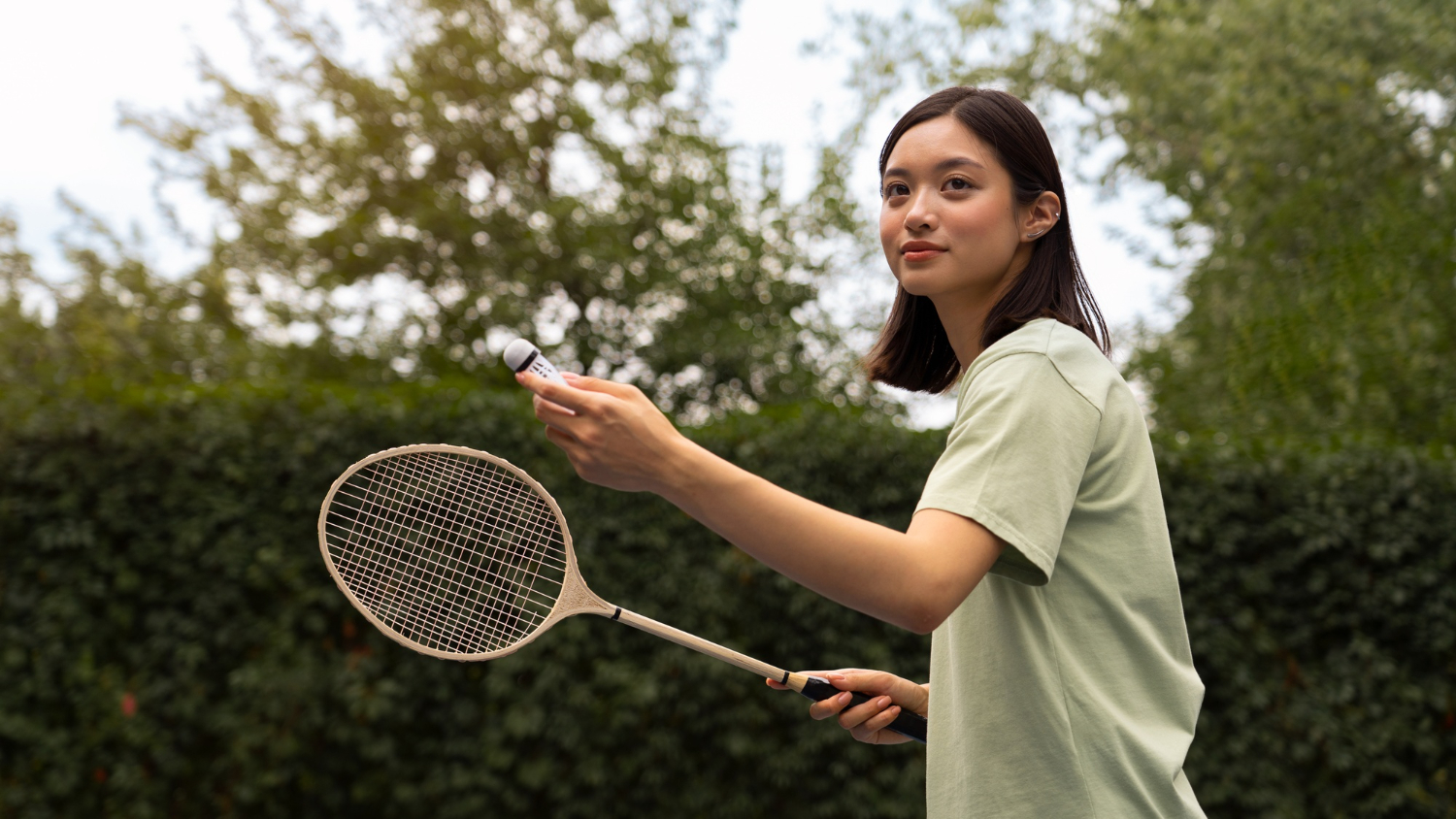Keeping Hands Strong: Preventing And Treating Sports-Related Hand And Wrist Injuries
02 April 2025

Badminton in Malaysia is more than just a sport; it’s a national passion. The country’s recent achievement of two bronze medals at the Paris 2024 Olympic Games ignited immense pride but also highlighted a common challenge many athletes face: hand and wrist injuries.
These injuries, which account for 25% of sports-related injuries, can significantly threaten performance. As more Malaysians embrace various physical activities, addressing and preventing these injuries is crucial to safeguarding athletes’ longevity and success.
Dr Ravindran Thuraisingham, a consultant hand & microsurgery specialist at Sunway Medical Centre emphasises the importance of proper management and prevention of injuries, saying sports such as badminton, football, volleyball, and squash—where gripping, twisting, and contact are frequent—can increase the risk of hand and wrist injuries.
Beyond the demands of the sport, individual predispositions, like joint laxity, can further raise injury risk, particularly in women.
“Everyone, including athletes, needs to be aware of their vulnerabilities and take proactive steps to protect themselves,” Dr Ravindran, who has spent over 16 years treating hand and wrist injuries, added.
Common hand and wrist injuries
According to Dr Ravindran, hand and wrist injuries are common among athletes and active individuals in Malaysia, and common issues include sprains, fractures, ligament tears, tendon injuries, and conditions like Carpal Tunnel Syndrome (CTS).
In fact, studies show that CTS, caused by pressure on the median nerve in the wrist, affects 20% to 60% of Malaysians. This often results in symptoms like tingling, numbness, and weakness in the hand.
Another common injury is ligament tear of the wrist, such as Triangular Fibrocartilage Complex (TFCC) tear. This injury is often seen in sports involving repetitive wrist movements like badminton and basketball.
 This injury can lead to pain, reduced mobility, and, in severe cases, long-term complications.
This injury can lead to pain, reduced mobility, and, in severe cases, long-term complications.
Dr. Ravindran stressed that hand and wrist injuries can be career-threatening if not addressed promptly and effectively.
“These injuries can lead to decreased grip strength, limited range of motion, and chronic pain, all of which can severely impact an athlete’s ability to perform,” he emphasised.
The importance of early diagnosis and treatment
Early diagnosis and treatment are vital to prevent long-term damage and help ensure a swift recovery.
“Delayed treatment can lead to chronic issues and prolong recovery time. It’s important to note that not every hand or wrist injury requires surgery. If diagnosed early, many can be effectively treated with a splint for a few weeks followed by physiotherapy,” said Dr Ravindran.
“As a rule of thumb, if an injury doesn’t improve within three weeks, it could be a sign of something more serious, and you should see an orthopaedic specialist.”
One of the main reasons for delayed diagnosis, he noted, is that many people ignore the pain or attempt self-treatment until the damage worsens, complicating treatment and extending recovery time.
Advanced treatment options for faster recovery
Thanks to advancements in medical technology, hand and wrist injuries can be treated more effectively.
“Minimally invasive surgeries are increasingly common, offering shorter hospital stays in which patient can return home within one or two days, quicker recovery periods, less pain, and reduced scarring so they can return to normal activities,” explained Dr. Ravindran, adding that recovery typically takes a few weeks and patients are able to return to sports after three months.
In contrast, traditional hand surgeries require larger incisions and longer hospital stays, with recovery sometimes stretching to more than three months. However, even with cutting-edge treatments, a patient’s commitment to rehabilitation is key to a successful recovery.
“Sports enthusiasts and athletes who diligently follow their physiotherapy regimen often regain full strength and similar to their pre-injury performance levels,” Dr Ravindran noted.
“With the right approach and support, many of my patients can regain their full range of motion and strength surpassing their pre-surgery performance levels.”
Tips for preventing hand and wrist injuries
According to Dr Ravindran, athletes and the general public should incorporate exercises to strengthen the hands and wrists. “Regular stretching, strength training, and proper technique can significantly reduce the risk of injuries,” he suggested.
As Malaysia’s sports and fitness landscape continues to evolve, the importance of hand and wrist health cannot be overstated.
“Early diagnosis, effective treatment, and preventive measures are key to ensuring long-term health and performance,” he advised.
By prioritising prevention, seeking prompt medical attention, and embracing a collaborative approach to rehabilitation, he said athletes and active individuals can keep their hands in shape and continue pursuing their passions on their athletic journey.
Source: Focus Malaysia
后退




